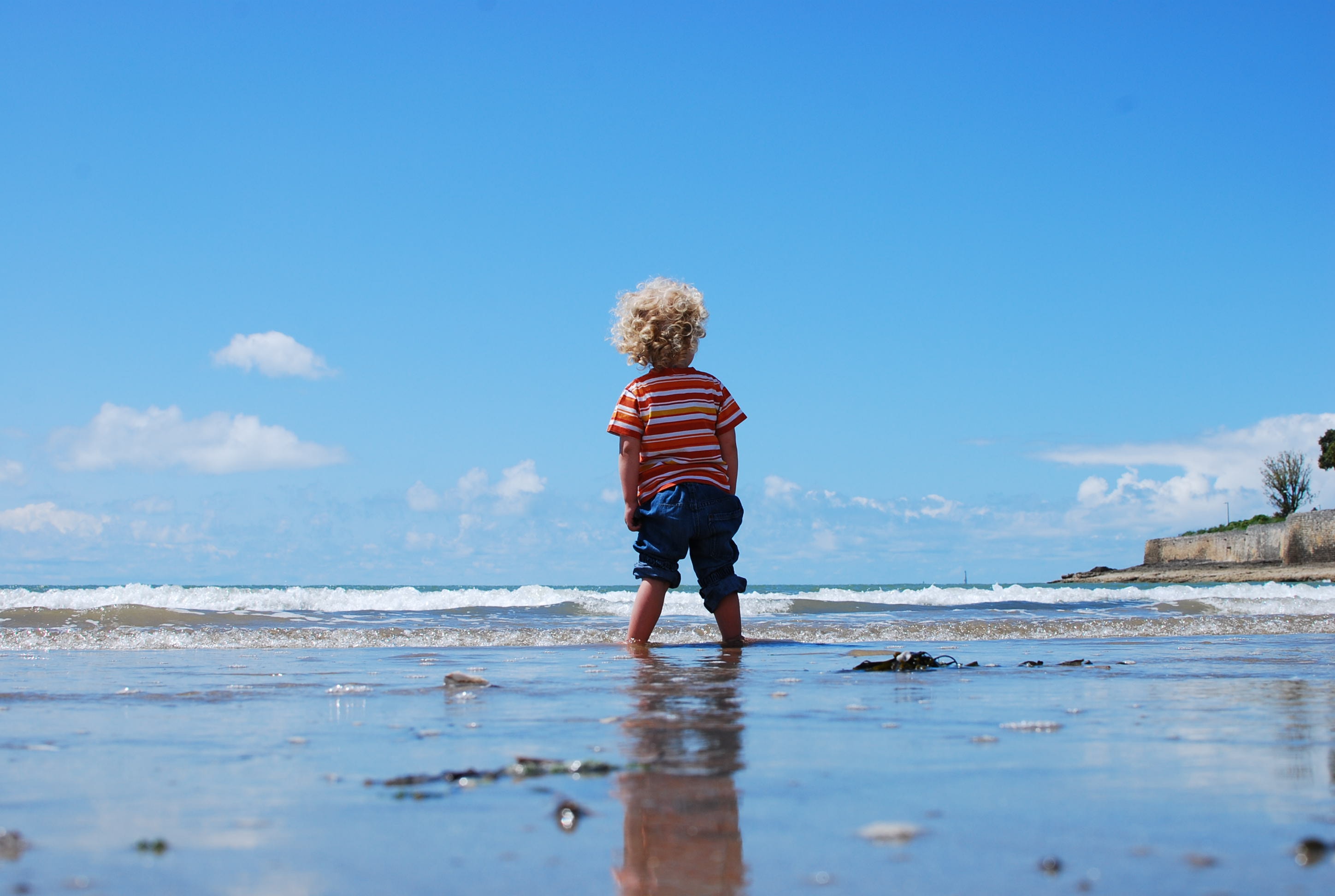
It’s the “Good Old Summertime” — a chance to share time with loved ones outdoors at parties, barbecues and maybe even a trip to an amusement park. With the warmer weather and easier access to the outdoors, safety – and particularly water safety – remains a concern when it comes to our loved ones with autism spectrum disorder (ASD).
Many individuals with ASD have a tendency to wander and are drawn to water. In recent years, accidental drowning after wandering or eloping accounted for 91% of total U.S. deaths reported in children with an ASD ages 14 and younger. Sixty-eight percent of drowning deaths happened in a nearby pond, creek, lake or river. A 2017 study suggested that nearly 80% of fatal injuries in people with autism of all ages are caused by suffocation, asphyxiation, and drowning. In children with autism, 46% of injury deaths are caused by drowning, with the highest risk for children from 5 to 7 years old. Children with autism ages 14 and younger are 160 times more likely to drown than other children.
Therefore, appropriate safety measures like teaching your child how to swim should be in place to prevent a tragedy. Learning to swim is one of the most effective ways to prevent drowning. To find swimming lessons in your area, call Autism New Jersey’s Helpline, 800.4.AUTISM.
Teaching your child how to swim does not guarantee their safety in the water. Other water safety tips include:
- Parents and caregivers should provide constant, careful supervision and never leave their child alone around pools or open water.
- Keeping a list and map of pools, lakes, ponds, etc. that are in your neighborhood. In the event your child does wander, you will know where to look first.
- If you own a pool or live near one, be sure there are working locks and alarms on gates and doors.
- Alerting neighbors to any wandering behavior or a propensity to be attracted to water can be useful.
- Create and reinforce strict rules whenever around a body of water. For example, “Do not go near water without an adult,” “Ask before you go in the pool,” and “Come get me before you go outside.”
- Keep in mind that quite often drowning does not look like drowning. When a child or inexperienced swimmer is in the water, signs of actual drowning can be deceptive.
Originally posted 6/21/2016








